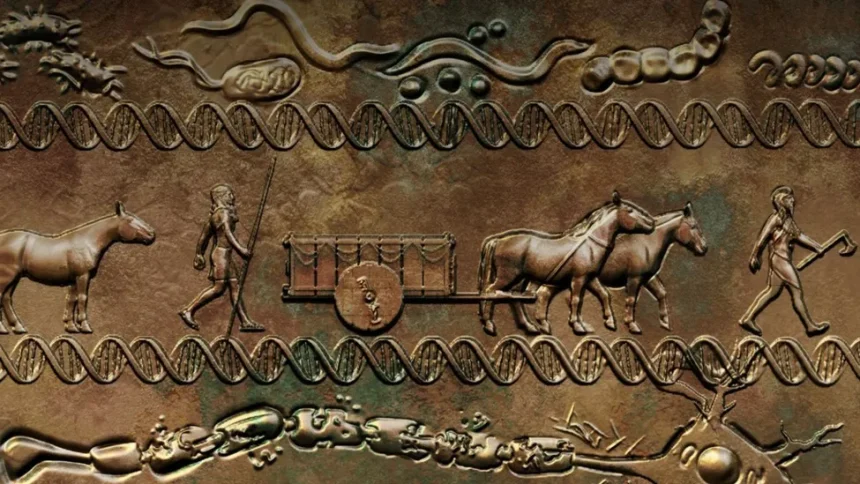An international team of scientists say they have unearthed the answer in the DNA of ancient teeth and bones.
The genes which protected our ancestors from animal diseases now raise the risk of multiple sclerosis (MS).
The researchers call their discovery “a quantum leap” in understanding the evolution of the disease.
And they say it could change opinions on what causes MS, and have an impact on the way it is treated.
Why look at MS?
There are about twice as many cases of multiple sclerosis per 100,000 people in north-western Europe, including the UK and Scandinavia, compared with southern Europe.
Researchers from the universities of Cambridge, Copenhagen and Oxford spent more than 10 years delving into archaeology to investigate why.
MS is a disease where the body’s own immune cells attack the brain and spinal cord, leading to symptoms like muscle stiffness and problems walking and talking.
They discovered that genes that increase the risk of MS entered northern Europe about 5,000 years ago via a massive migration of cattle herders called Yamnaya.







